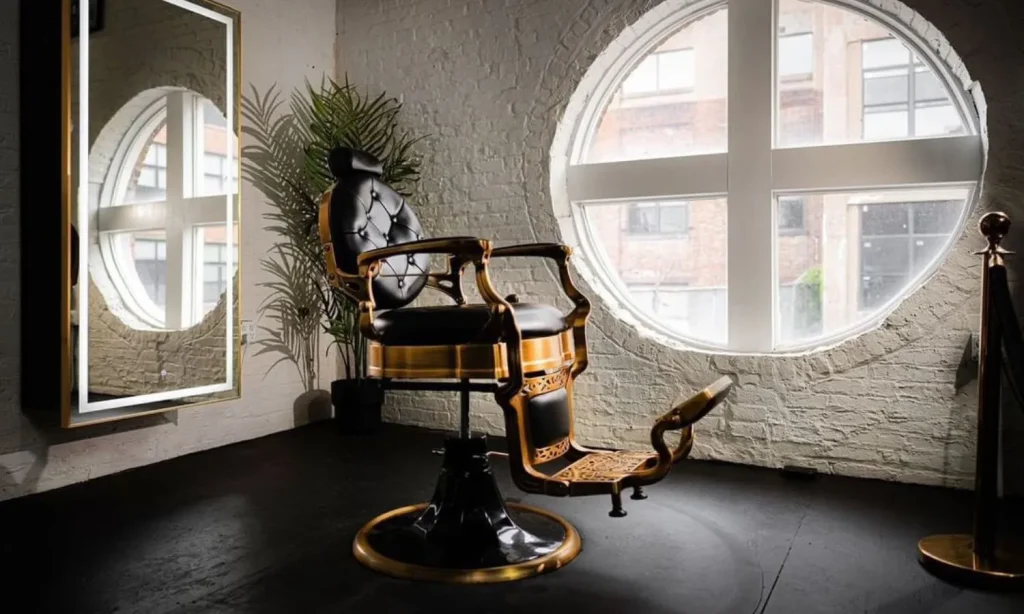The evolution of barber chairs is a fascinating journey that reflects broader changes in culture, technology, and design preferences. Barber chairs, central to the barbering profession, have transformed dramatically from their humble beginnings to the high-tech, ergonomic designs of today. This evolution mirrors the industry’s shift from a straightforward grooming service to a sophisticated, experience-oriented practice. In the late 19th and early 20th centuries, the barber chair was primarily functional, designed to provide a comfortable seating arrangement for customers while allowing barbers to perform their tasks efficiently. The early designs were simple, often made of wood, with basic cushioning for comfort. However, as the profession grew, so did the demand for more sophisticated chairs. The introduction of hydraulics in the early 20th century marked a significant milestone. Companies like Koken and Archer revolutionized the industry with hydraulic lift mechanisms, allowing barbers to easily adjust the chair’s height, enhancing both customer comfort and barber convenience.

As the 20th century progressed, barber chairs continued to evolve, reflecting broader trends in design and technology. The mid-20th century saw the incorporation of more durable materials such as chrome and leather, adding both durability and a sleek, modern aesthetic. These chairs often featured elaborate designs, with ornate armrests, footrests, and headrests, showcasing the craftsmanship and attention to detail of the era. Brands like Belmont and Takara introduced features such as reclining mechanisms and swivel capabilities, further enhancing the functionality and comfort of the chairs. The latter part of the 20th century and early 21st century brought about a new wave of innovation driven by advancements in ergonomics and a deeper understanding of customer comfort. Contemporary barber chairs are designed with a focus on ergonomics, ensuring that both the customer and the barber are in comfortable positions for extended periods. High-density foam padding, memory foam cushions, and adjustable headrests and footrests are now standard features, providing an unparalleled level of comfort.
Moreover, modern Barber Chair often come equipped with advanced features such as built-in massage systems, heating elements, and electronic controls for precise adjustments. These high-tech features cater to a clientele that seeks not just a haircut but a relaxing and luxurious experience. The use of high-quality materials such as stainless steel, high-grade leather, and durable plastics ensures that contemporary chairs are both stylish and long-lasting. In addition to technological advancements, contemporary designs also reflect a renewed appreciation for vintage aesthetics. Many modern barber chairs are inspired by classic designs, blending the old with the new to create a timeless appeal. This fusion of vintage and modern elements is particularly popular in high-end barber shops that aim to provide a unique and memorable experience for their clients. The evolution of barber chairs from classic to contemporary designs underscores the industry’s commitment to enhancing the barbering experience. What began as a simple functional piece of furniture has transformed into a sophisticated, ergonomic, and technologically advanced seat that plays a crucial role in the barbering profession.

